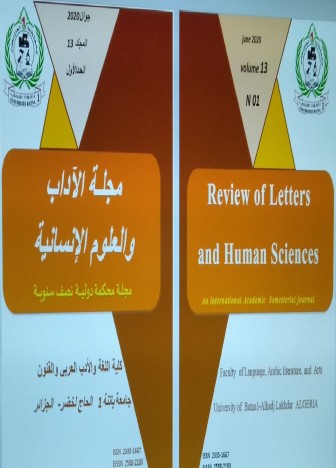The electronic screen reader program and its role in language didactics of the visually impaired learners
DOI:
https://doi.org/10.59791/rlhs.v12i01.4425Keywords:
E-learning, visually impaired learner,, language didactics, electronic screen readeAbstract
Teaching technologies have witnessed the emergence of new highly
developed tools, helping the visually impaired people to learn and to teach the
language. These new means represent nowadays a key element in terms of the
implementation of the teaching/learning process and the development of
educational programs and contents for this specific category of learners. The
learning process is no longer limited to Braille writing that allows visually
impaired people to develop their reading and writing skils. The various
technological developments are part of this perspective that aim to enable
visually impaired learners to be at the heart of innovation, in order to shift from a
traditionnal learning to E-learning. Among these technologies, we can mention
the «electronic screen reader» which converts the written text into a pronounced
speech. Thus, visually impaired learners could exceed the barriers that prevented
them in the past from accessing the sientific content.

